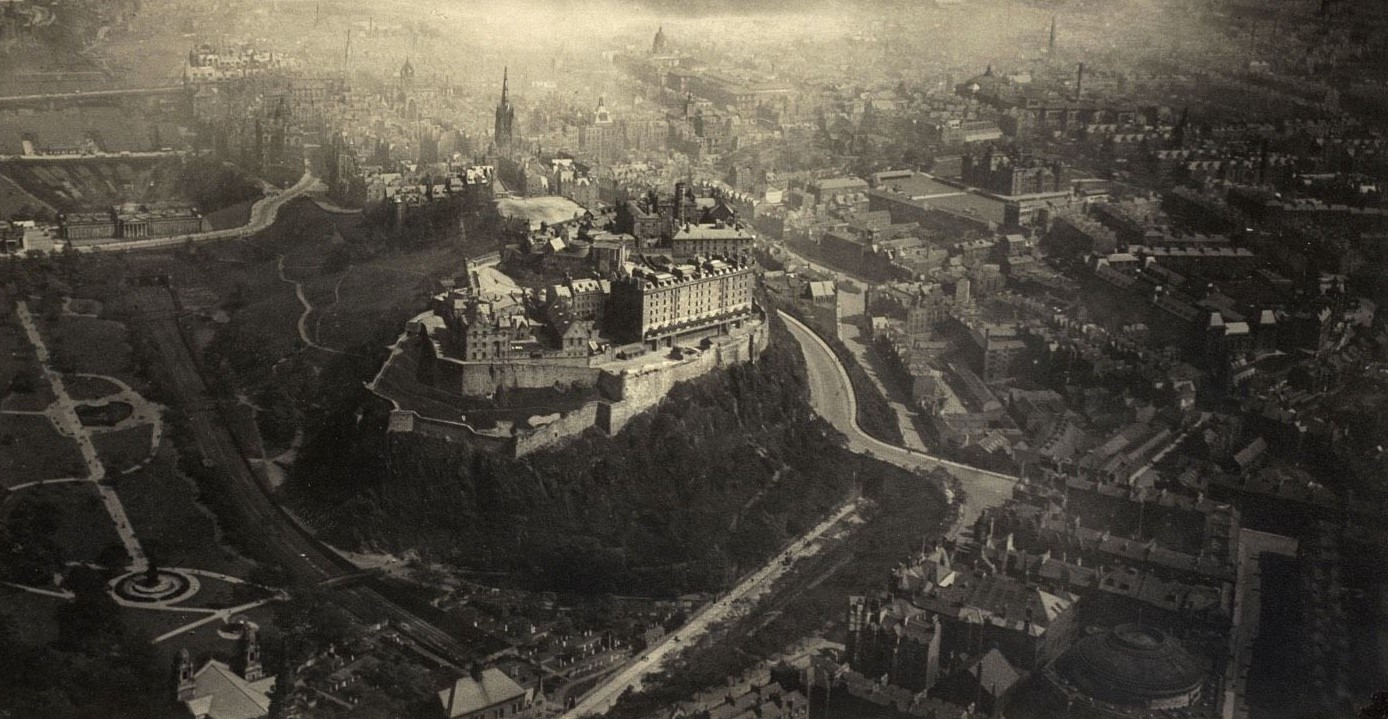Visiting Edinburgh, a distinctive yet global artistic capital
Visiting and sampling the contributions of Edinburgh’s artists to Scottish culture in late June this year, I never expected to find such an impressive extent of international influences on a city which is so dominated by a sense of distinct, national history. I learnt that, in fact, the uniqueness and success of Scottish artists has been forged by a combination of pride in their heritage alongside an eagerness to demonstrate adaptions of wider European art movements throughout early modern history.
Art historians have argued that Edinburgh has yet to witness the rise of a specific art movement. Instead there have been groups of artists who have adopted similar styles and typically can be discussed together due to their like-minded concerns in the handling of a subject matter. During my visit to the Scottish National Gallery I learnt about Edinburgh’s significance as a centre for schools of art education, alongside Glasgow, during the early nineteenth century. Far from being isolated or hostile to the popularity of movements such as Modernism or Impressionism, Scottish artists like William MacTaggert and Samuel John Peploe manipulated and contributed to these external evolutions within their own style. This trend can also be seen throughout the work of Scottish artist Gavin Hamilton who, upon his travels to Rome during the eighteenth century, imbued elements of Roman mythology and acknowledged neo-classicism in his paintings.
The success of Scottish artists has been forged by a combination of pride in their heritage alongside an eagerness to demonstrate adaptions of wider European art movements
The famous Edinburgh-born portrait artist, Allan Ramsey (1713-1784), first studied at the Academy of St Luke in Edinburgh before travelling to Italy. He became vastly influenced by the French school in Naples. Whilst I found his work to appear highly staged due to his emphasis on the composed behaviour of his distinguished sitters (for example his paintings of the philosophers Jean-Jacques Rousseau and David Hume), Ramsey also benefited by adding pioneering artistic techniques to his commissioned works. He learnt these techniques from his time in Italy, first mapping out the figure by using an underpainting created in bright red.
When looking further into Ramsey’s work we encounter that despite the notoriety of his position as King George III’s official court painter and the subsequent effect it had on determining which of his paintings became most praised by his contemporaries, the artist’s most poignant works are those he created when most deeply emotional. His 1740-41 painting of his son, who had died tragically as an infant, displays unique fluid and spontaneous brushwork with a less staged composition than his state-commissioned works, highlighting the impact of loss on the artist.
The famous Edinburgh-born portrait artist, Allan Ramsey, became vastly influenced by the French school in Naples
Sir Henry Raeburn’s work showcased a sense of nationalistic pride felt by the artist, most clearly seen in his pieces displaying the traditional Scottish subject-matter of highlanders wearing tartan kilts, such as the portraits of Colonel Alastair Donaldson Macdonell of Glengarry (1771-1828) and Sir John Sinclair, 1st Bart of Ulbster (1754-1835). His reference to the cultural movement of Romanticism, which was emerging within art and literature across Britain at the time, is clear through his presentation of idealised Scottish landscapes and his technique of drawing with a brush in order to give character to his figurative work.
At the National Portrait Gallery I was able to access more recent works, largely focusing on the late twentieth century. The temporary exhibition Beyond Likeness by the Scottish figurative painter, Victoria Crowe, housed images of respected and loved Scottish men and women. Crowe, born in 1945, considers painting her privilege as she uses the medium as a way of getting to know a person’s inner character which she can then project visually for the public, outside world to admire. She highlights her interest in juxtaposing “ephemeral things against immovable objects” by capturing quotes and images of people to remember and immortalise them.
Sir Henry Raeburn’s reference to the cultural movement of Romanticism is clear through his presentation of idealised Scottish landscapes
The Portrait Gallery building itself serves as a type of shrine to heroic Scottish martyrs, with a painted frieze by William Hole on the walls of each floor depicting famous historical scenes and influencers. Notably, the photography on display most successfully demonstrates how Edinburgh has altered and evolved throughout the twentieth century. It includes the earliest works of social documentary by David Octavius Hill and Robert Adamson, to the stunning aerial views of Edinburgh captured by Alfred G. Buckham during the 1920s. We can observe how the everyday lives of local people have been transformed by global changes in transport in the gallery’s current thematic exhibition Planes, Trains and Automobiles. It houses the imagery by William Carrick showing horse-drawn carts alongside photos of cars and trams from the present day.
My trip to Edinburgh opened my eyes to the brilliance of Scottish artists who have adopted global trends in both their handling and style when creating a composition. Such artists have also welcomed global advances in technology and have allowed these to shape their chosen subject matter, paving the way for Edinburgh to become a capital city with vast political, economic and cultural influence within both the UK and Europe.

Comments